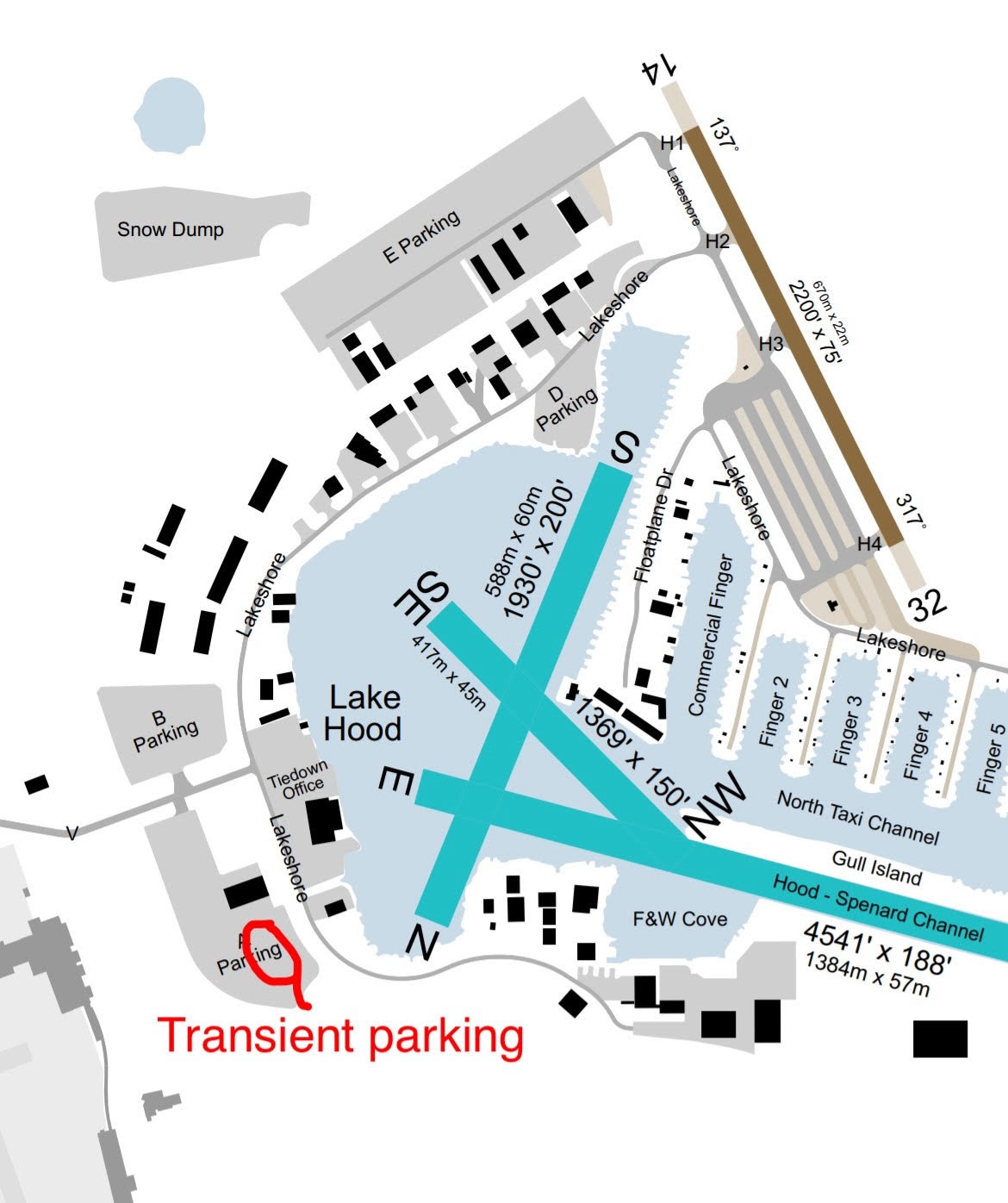How to fly to Alaska 🇺🇸
How to fly to Alaska
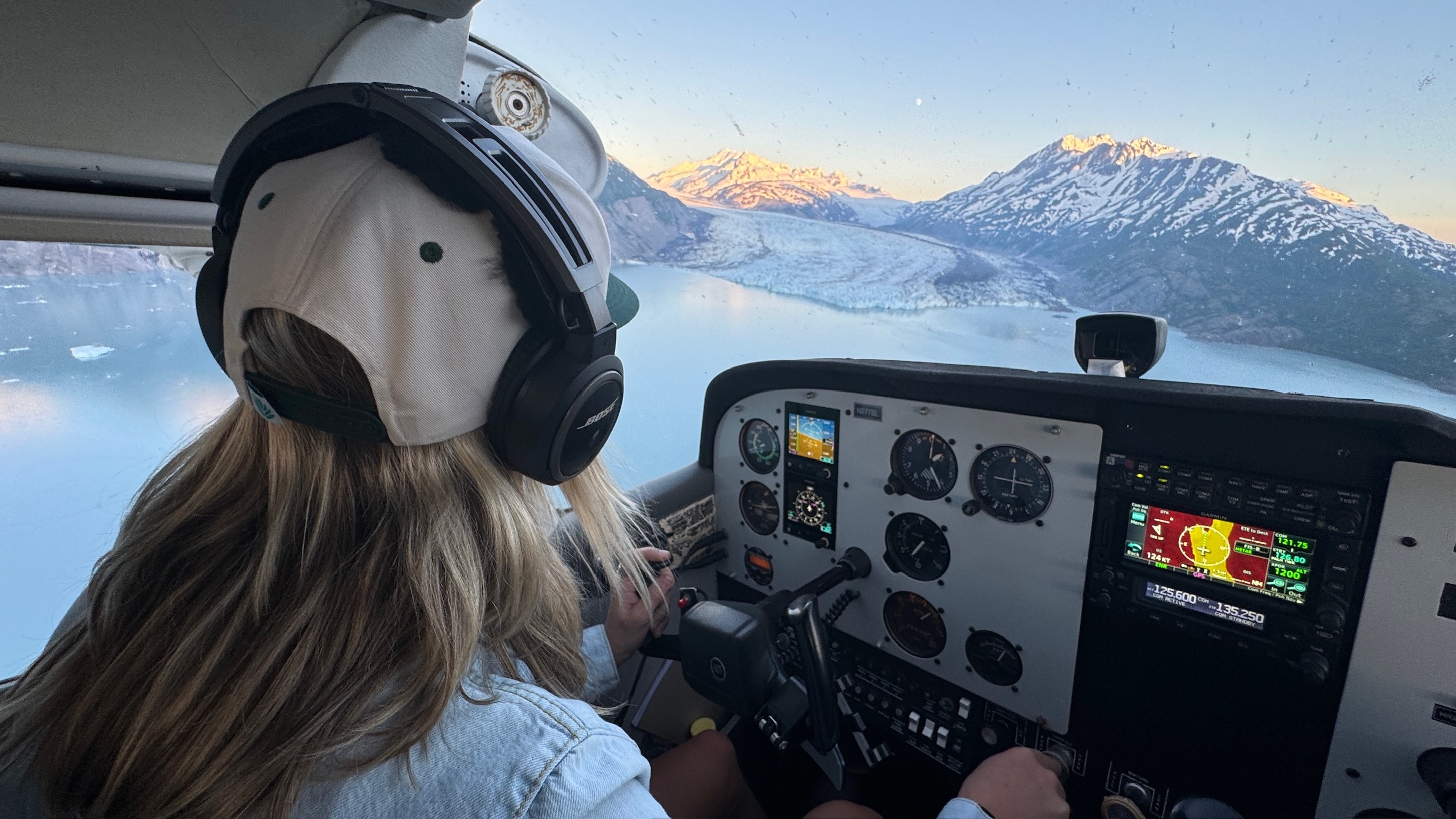
This is a story and hopefully some useful insights on those looking to fly up from the lower 48 to Alaska in their own airplane. Most of the information I gained from Ted Waltman’s excellent website https://fly2ak.com/, so check that out first. We flew up from Seattle Washington to Anchorage over the course of 5 days and took the Alcan highway route, our route of flight was:
KBFI CYXX CYKA CYWL CYZY CYDQ CYXJ CYYE CYQH CYXY PFTO PAGK PALH

Description
- Day 1: Boeing Field Seattle to Kamloops Canada We cleared customs in Abbotsford before continuing on to spend the night in Kamloops. I wouldn’t recommend spending the night in Kamloops as the city is far from the airport, this meant we spent $100 CAD on taxis and another $100 on a hotel. Instead I’d recommend to continuing on to Mackenzie where you can camp under the wing of your airplane for free.
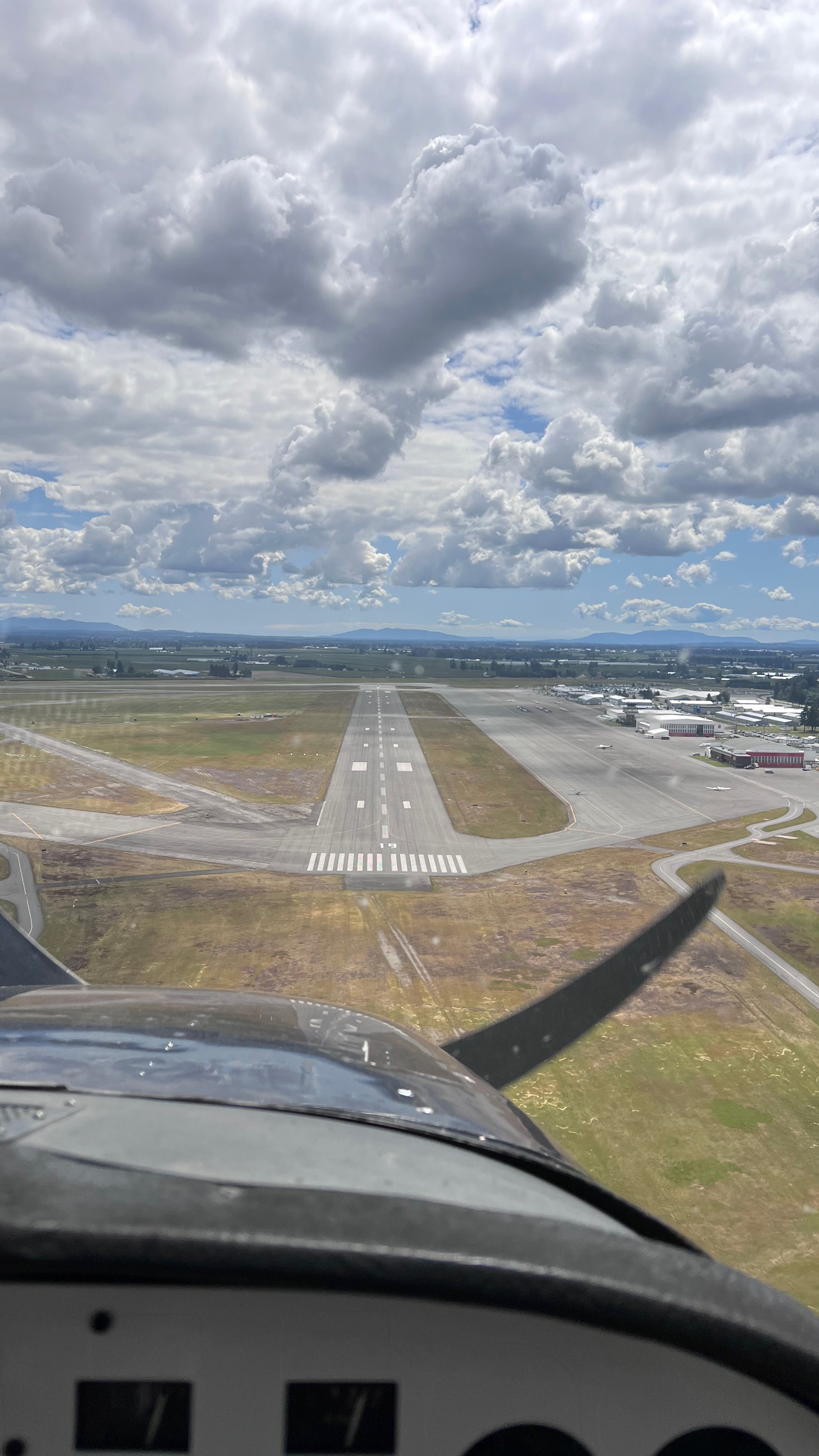
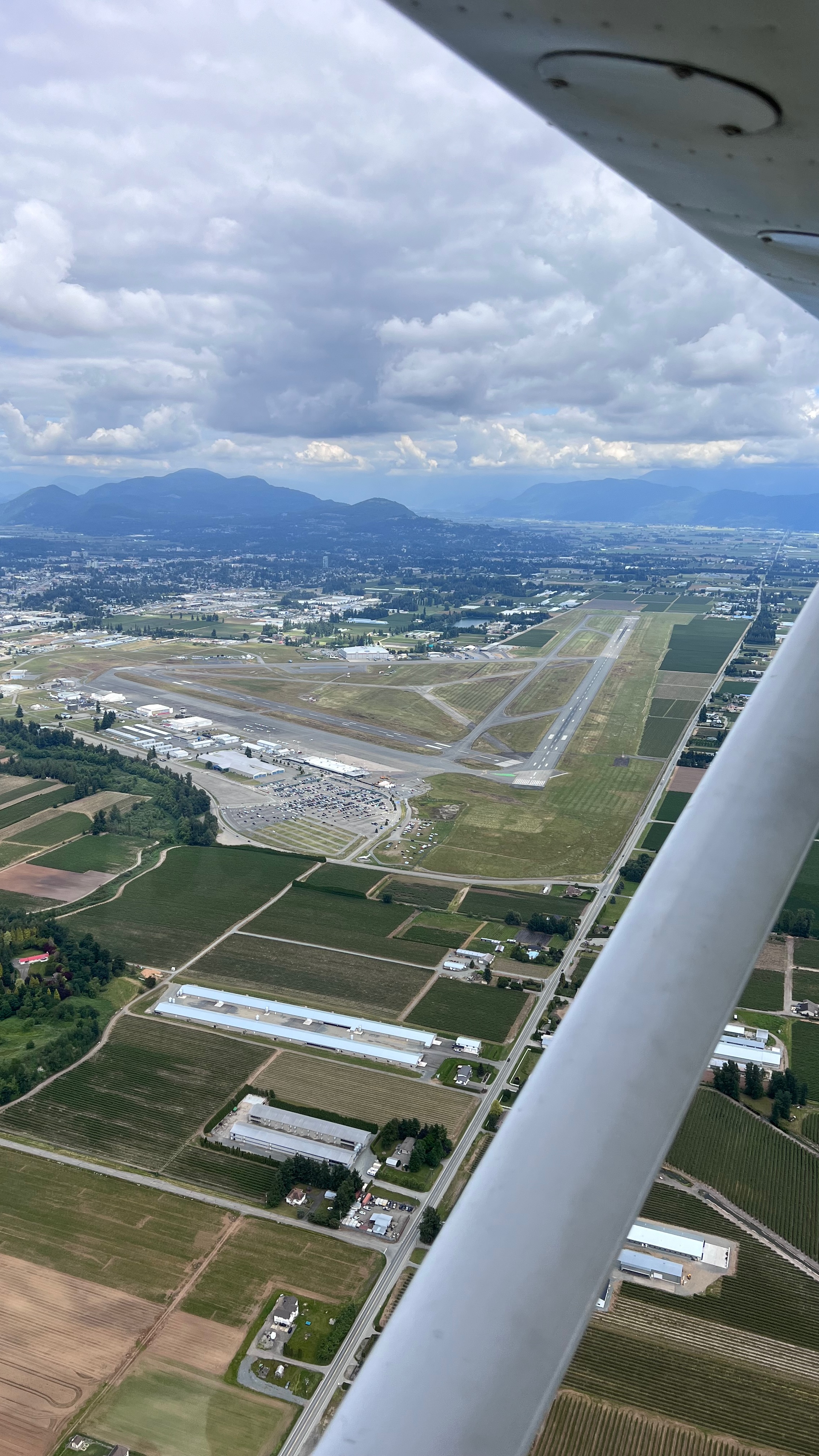
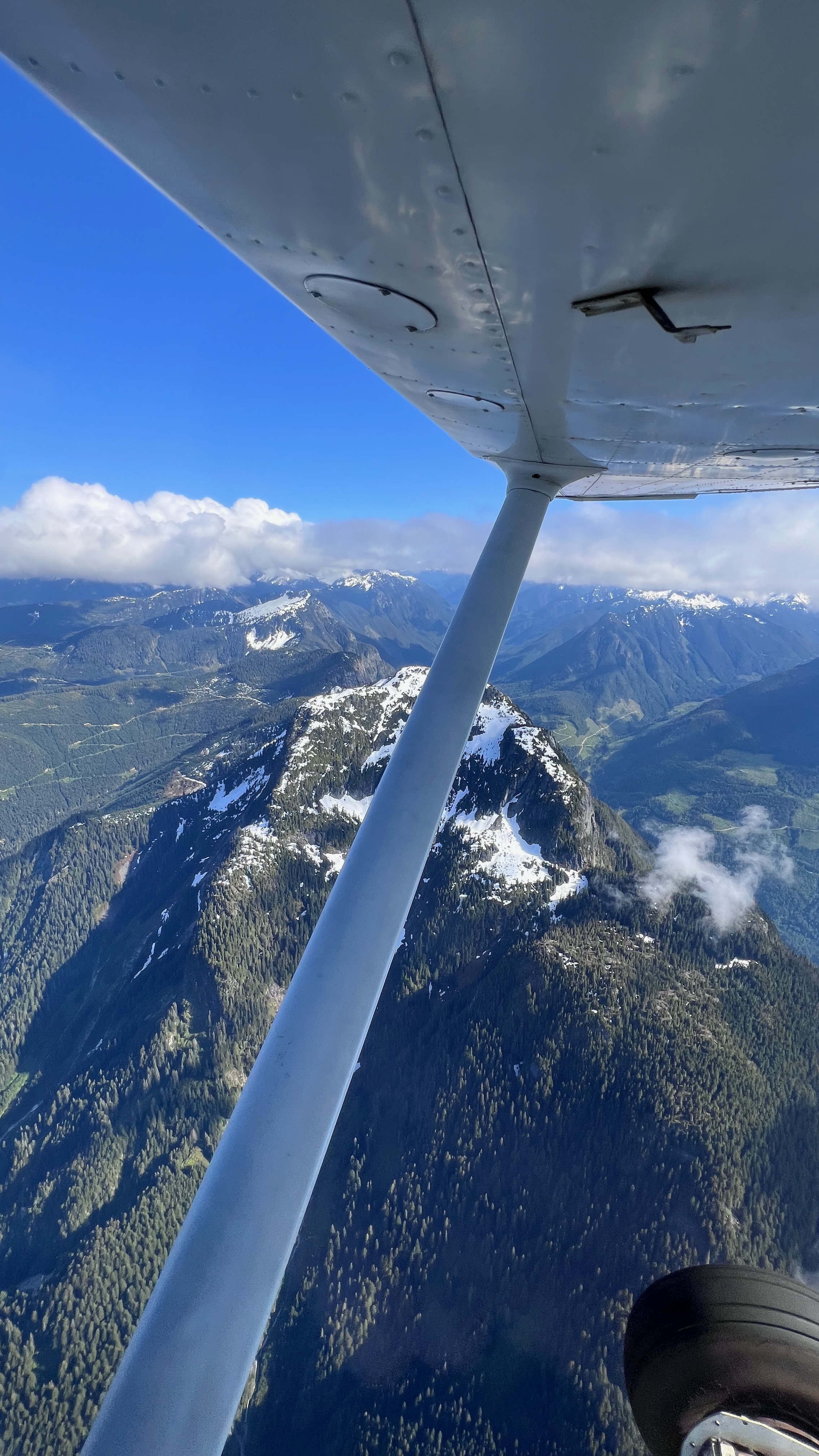
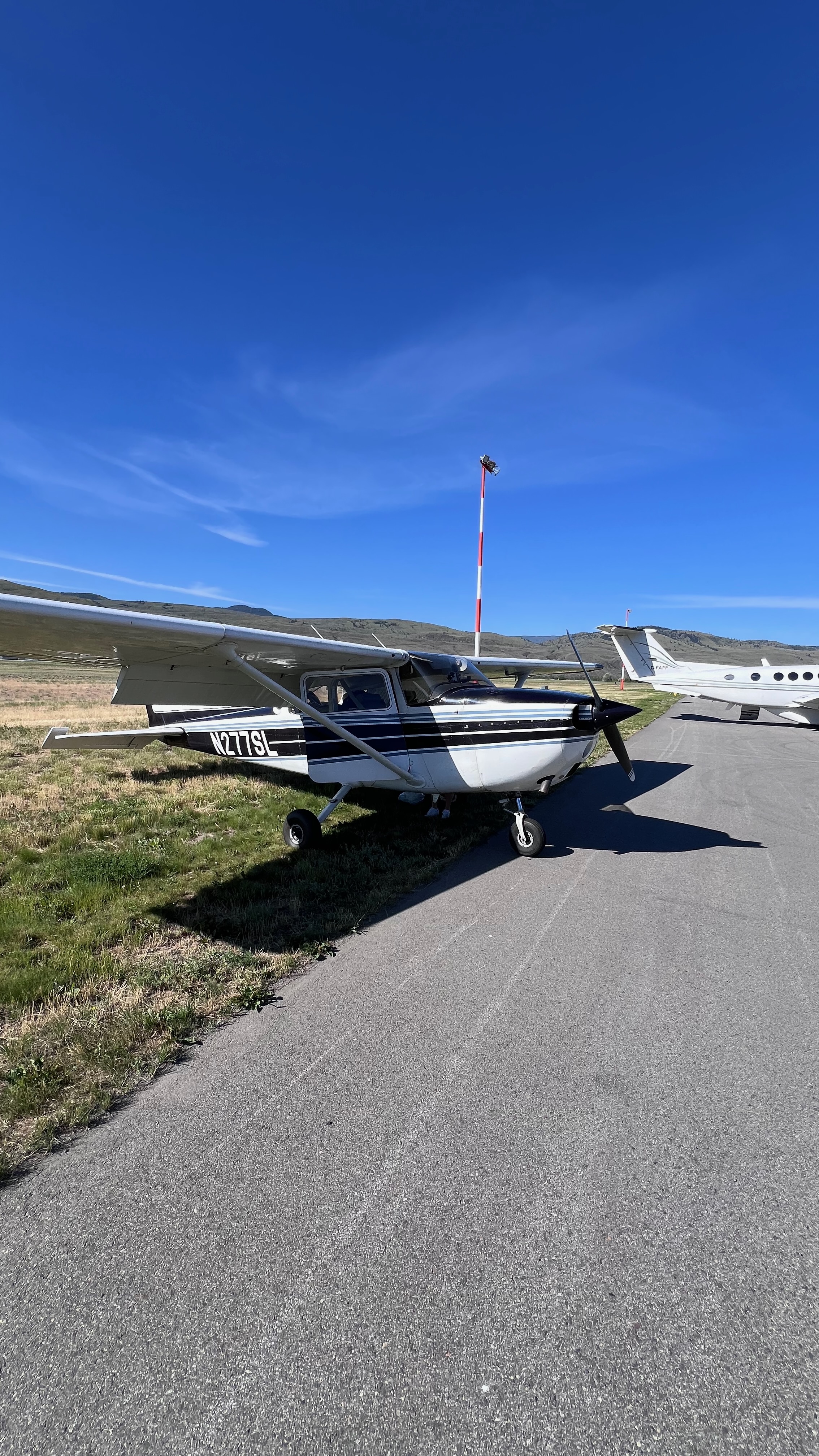
- Day 2: Kamloops to Dawson Creek - leaving Kamloops you fly north along the valley with some incredible scenery until you hit Mackenzie, herein lies your choice. You can either fly the “trench route” which takes you directly up through the mountains to Watson Lake or you can cut east and fly the Alcan route which takes you along the Alaska highway. The trench route has a 340nm stretch with no fuel or services. If it’s clear I’d probably do that route and tanker gas in Alaska Airframes gas bags. It wasn’t clear for us and the 340 nm stretch would have stretched the range our of Cessna 172 to it’s limit so we opted to head to Dawson Creek. Dawson creek has excellent grass tie-downs that you can camp at and a pilots lounge where you can shower and sleep if it’s raining.
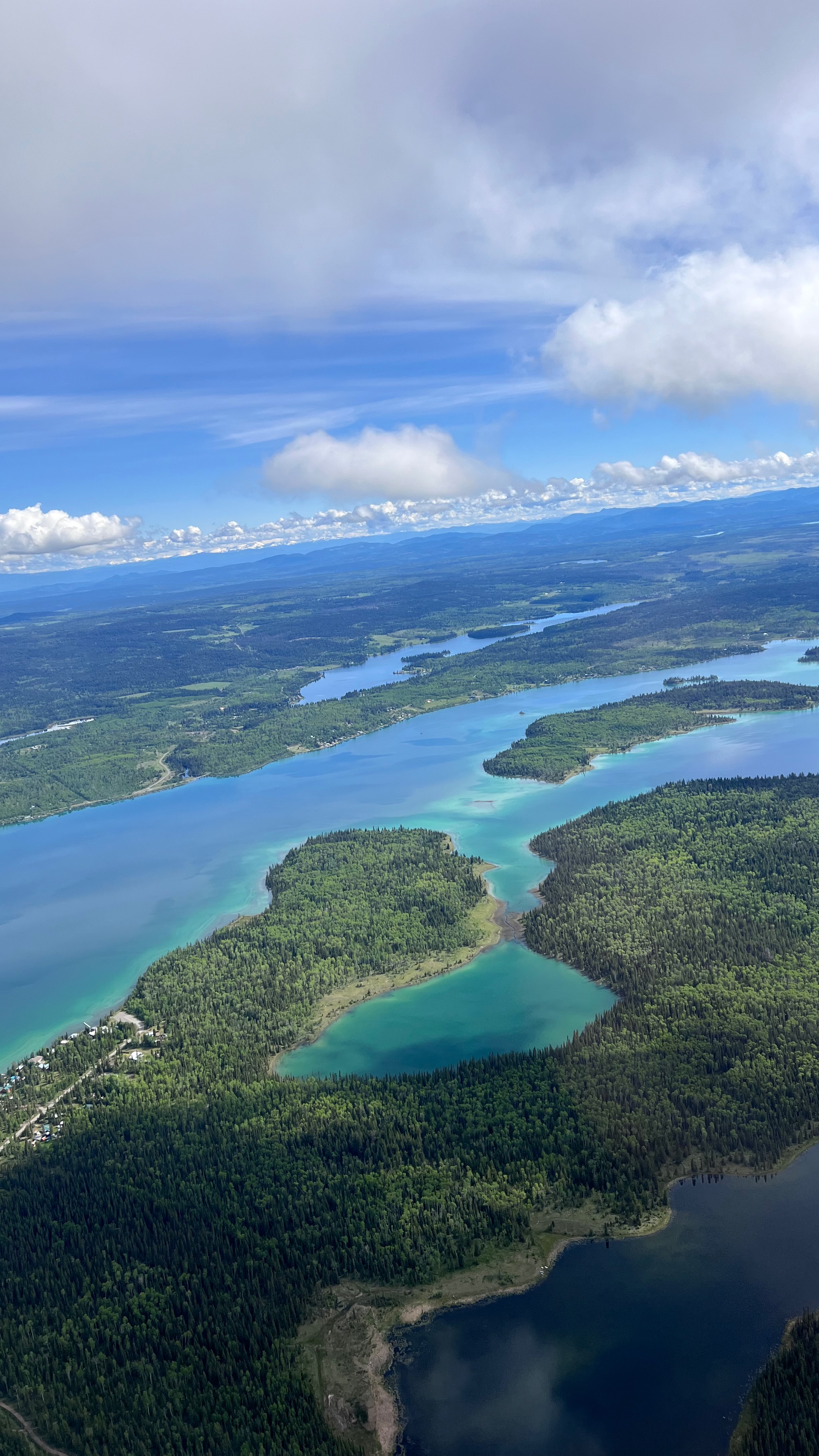

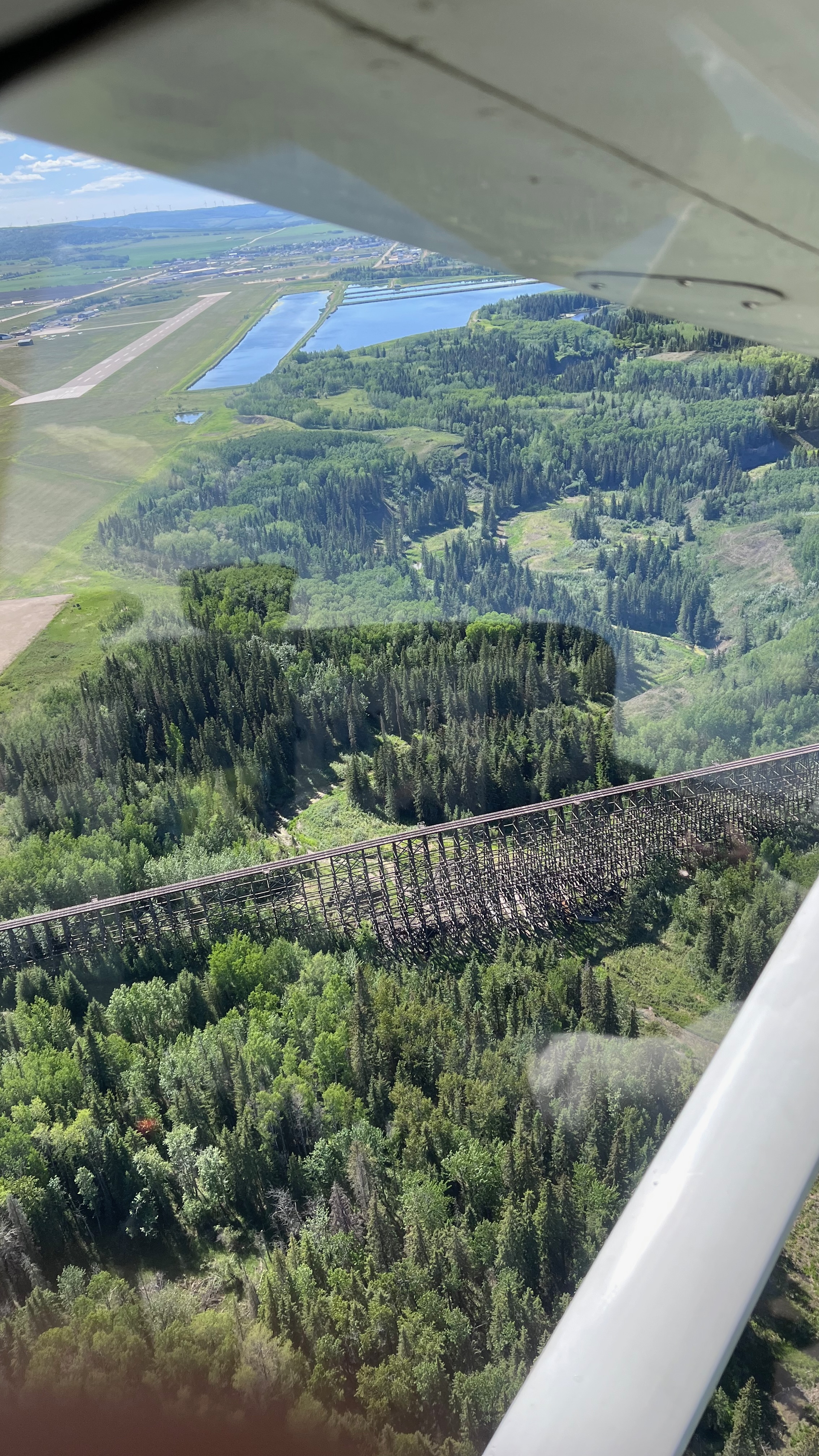
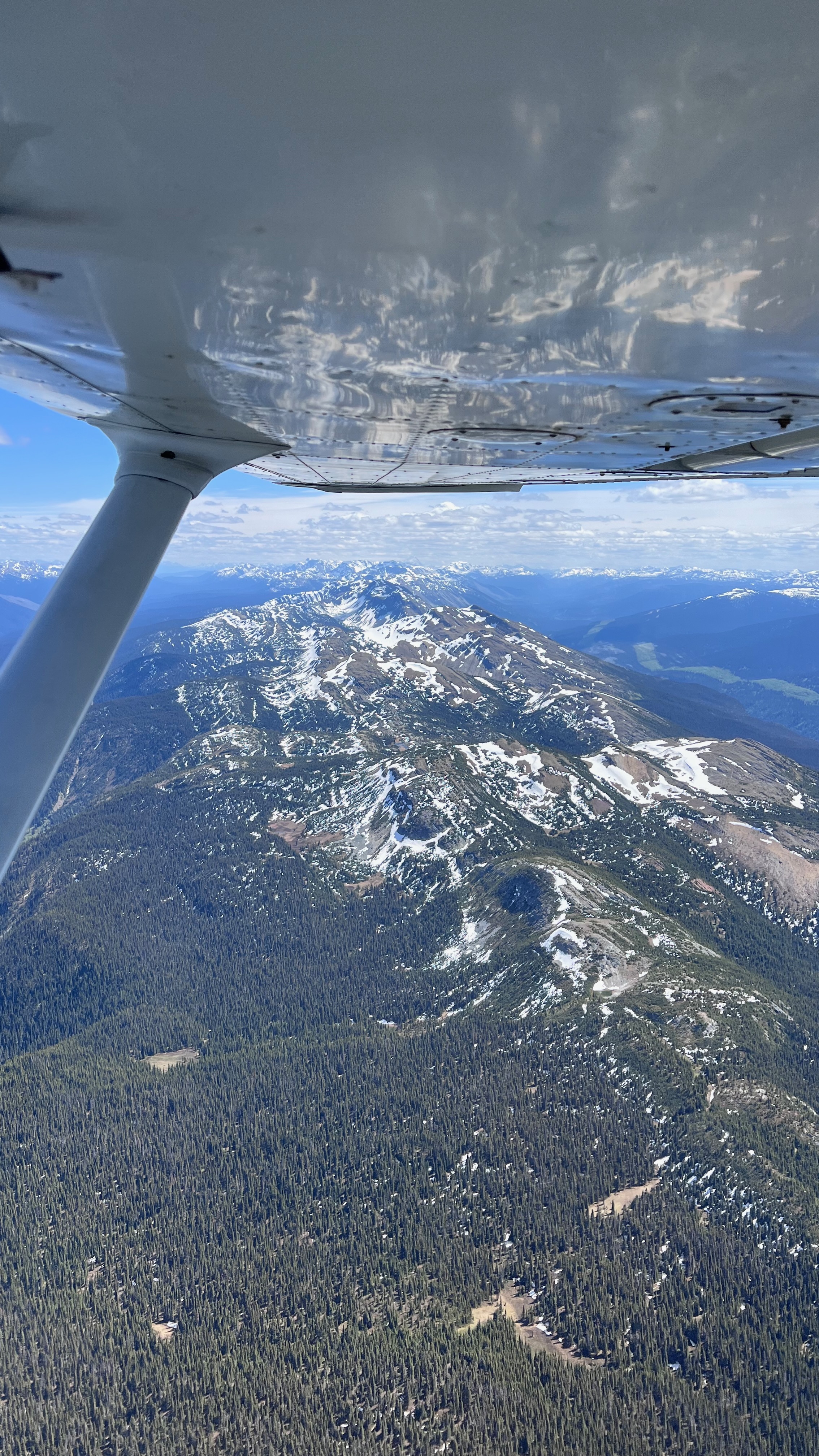
- Day 3: Dawson Creek to Fort St. John - Fort St. John and onwards you have no options other than big airports spaced roughly 200nm apart for fuel. Due to the range in the 172, we had to set a point of no-return to ensure we had enough fuel to make it back. Leaving Fort St. John we left the zone with radar coverage and thus had to start relying on cameras and observations at each airport to guess the weather between airports. When we left we knew there was a Sigmet (aka thunderstorm) between us and Fort Nelson. We tried to skirt it to the south but got weathered out before the point of no return and had to spend the night at Fort St John, only 40 nm north of Dawson Creek. If we had the weather I would have skipped Fort St John and gone directly to Fort Nelson from Dawson Creek. There is a passenger terminal at Fort St John with fast food but don’t try and access the passenger terminal from the tarmac, we got in trouble with the airport manager for doing that. Instead go through the FBO and into the terminal from the street side.
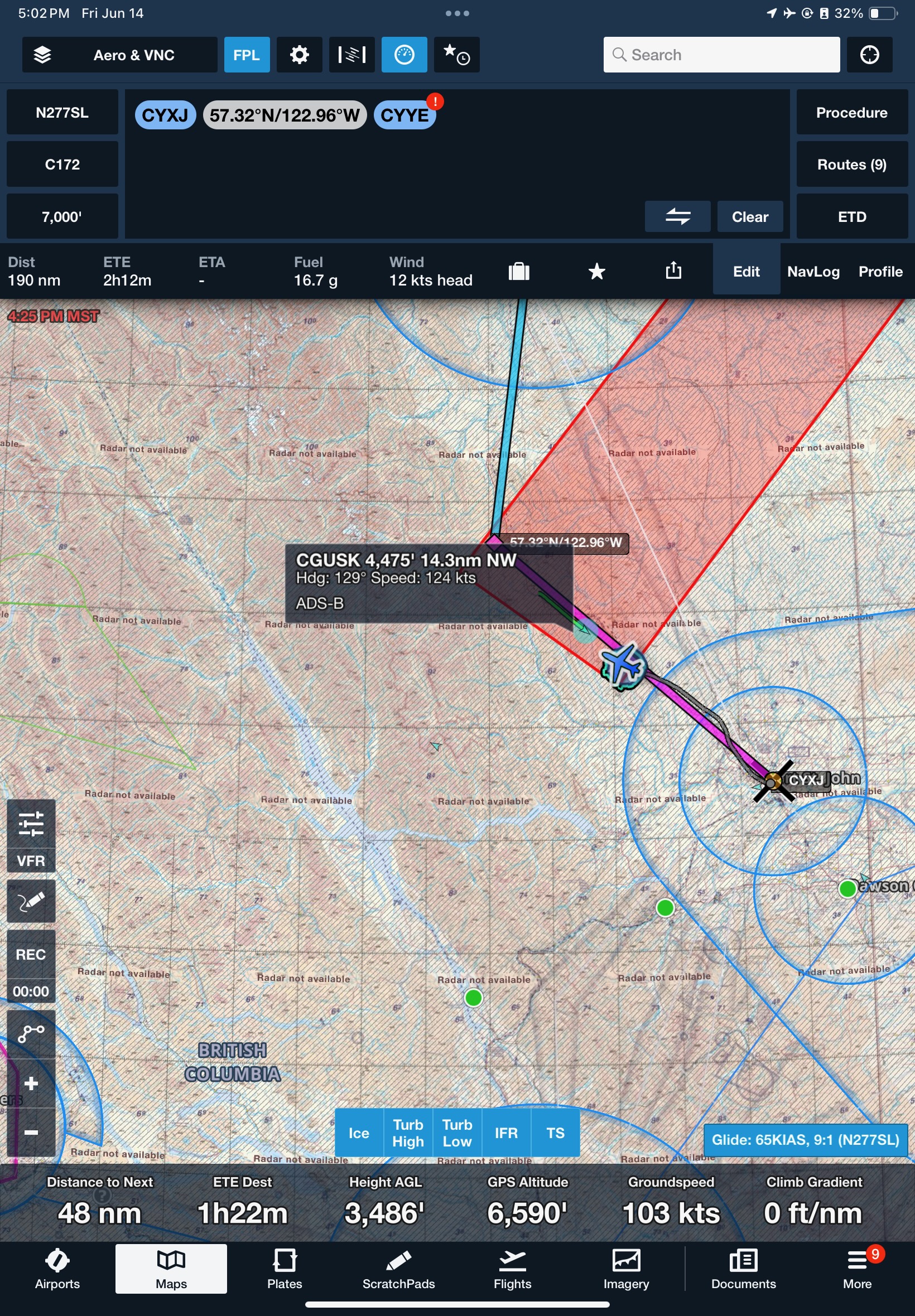
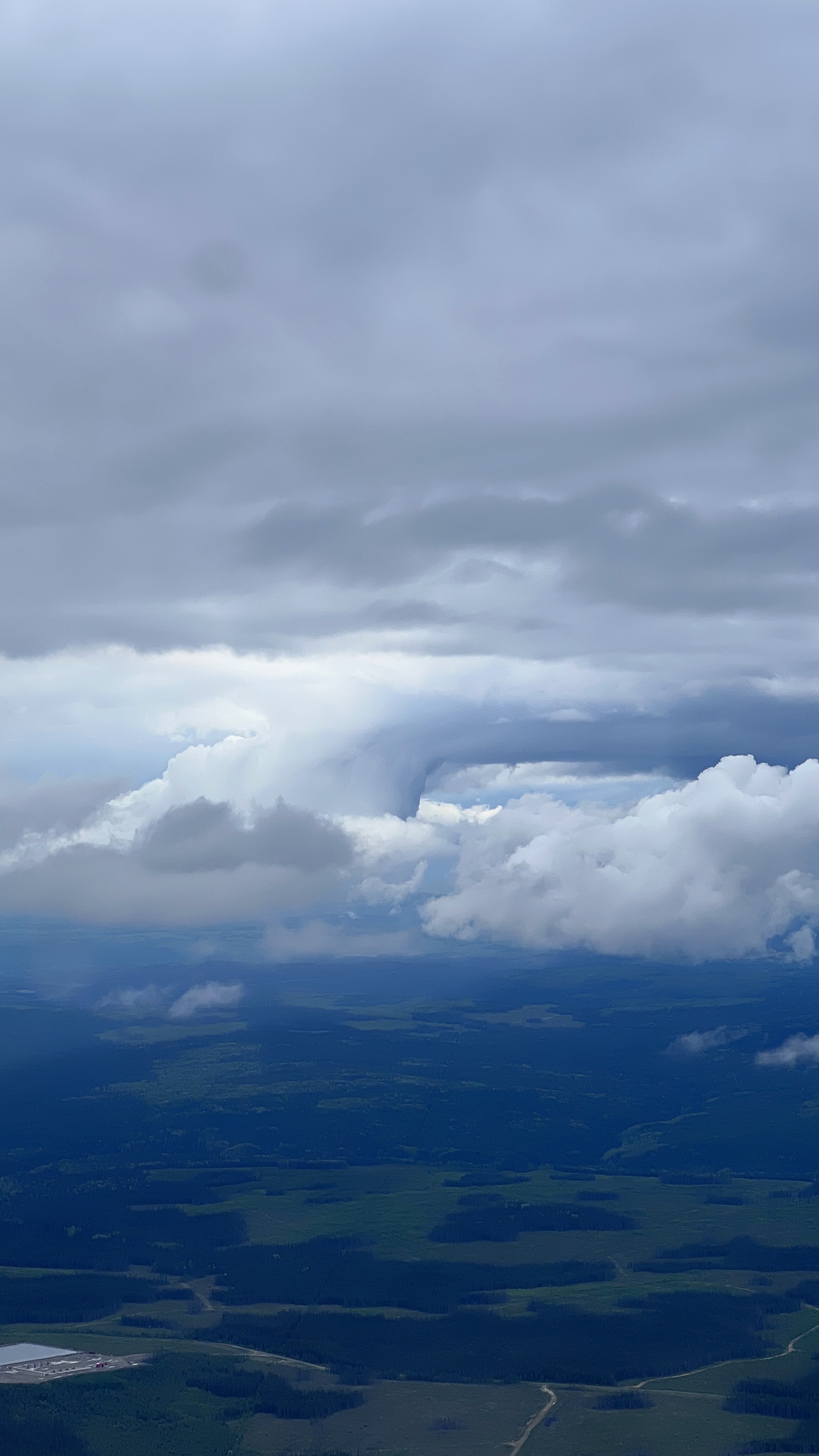
The next day it was much better and we made it out just fine:
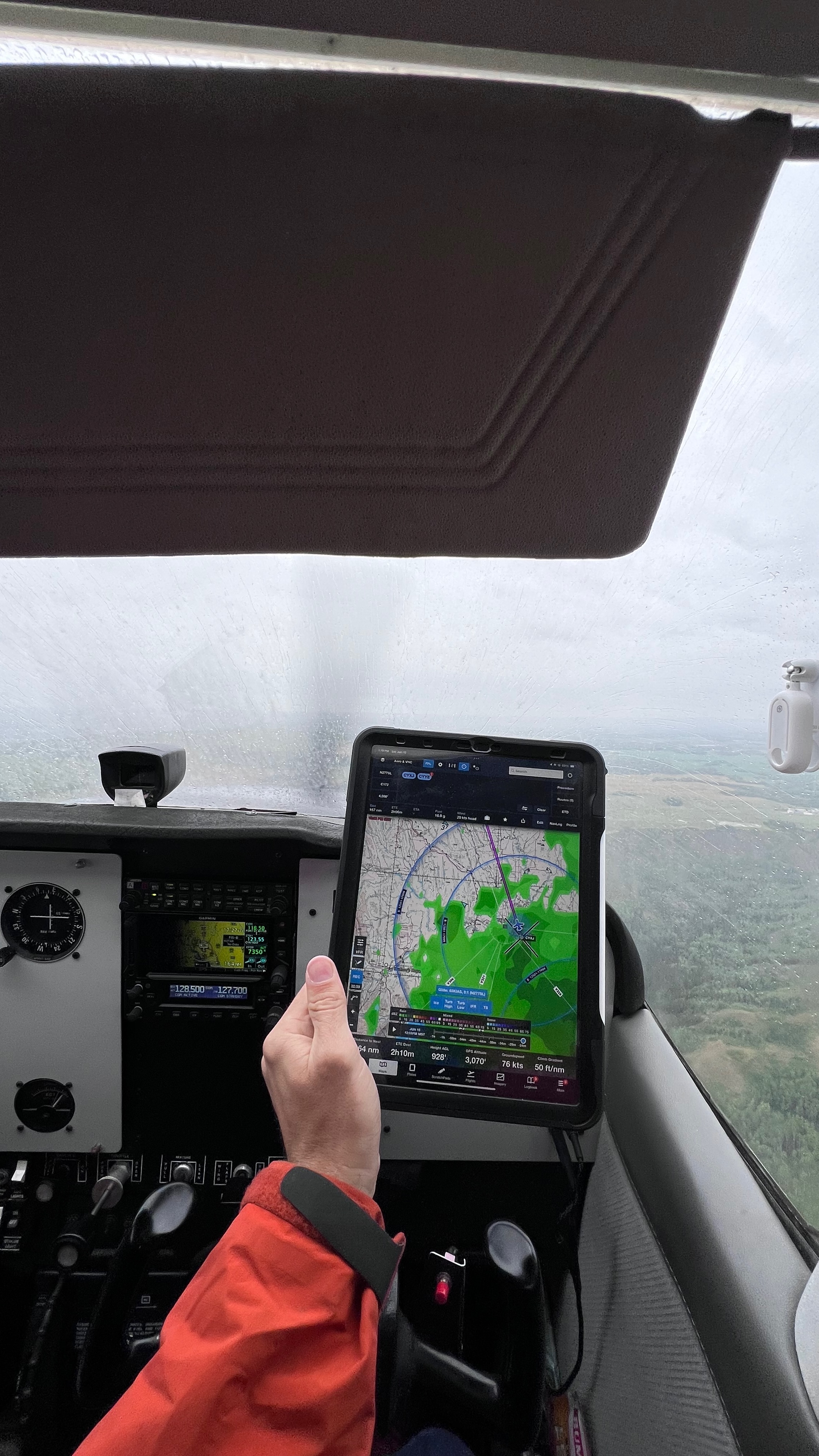
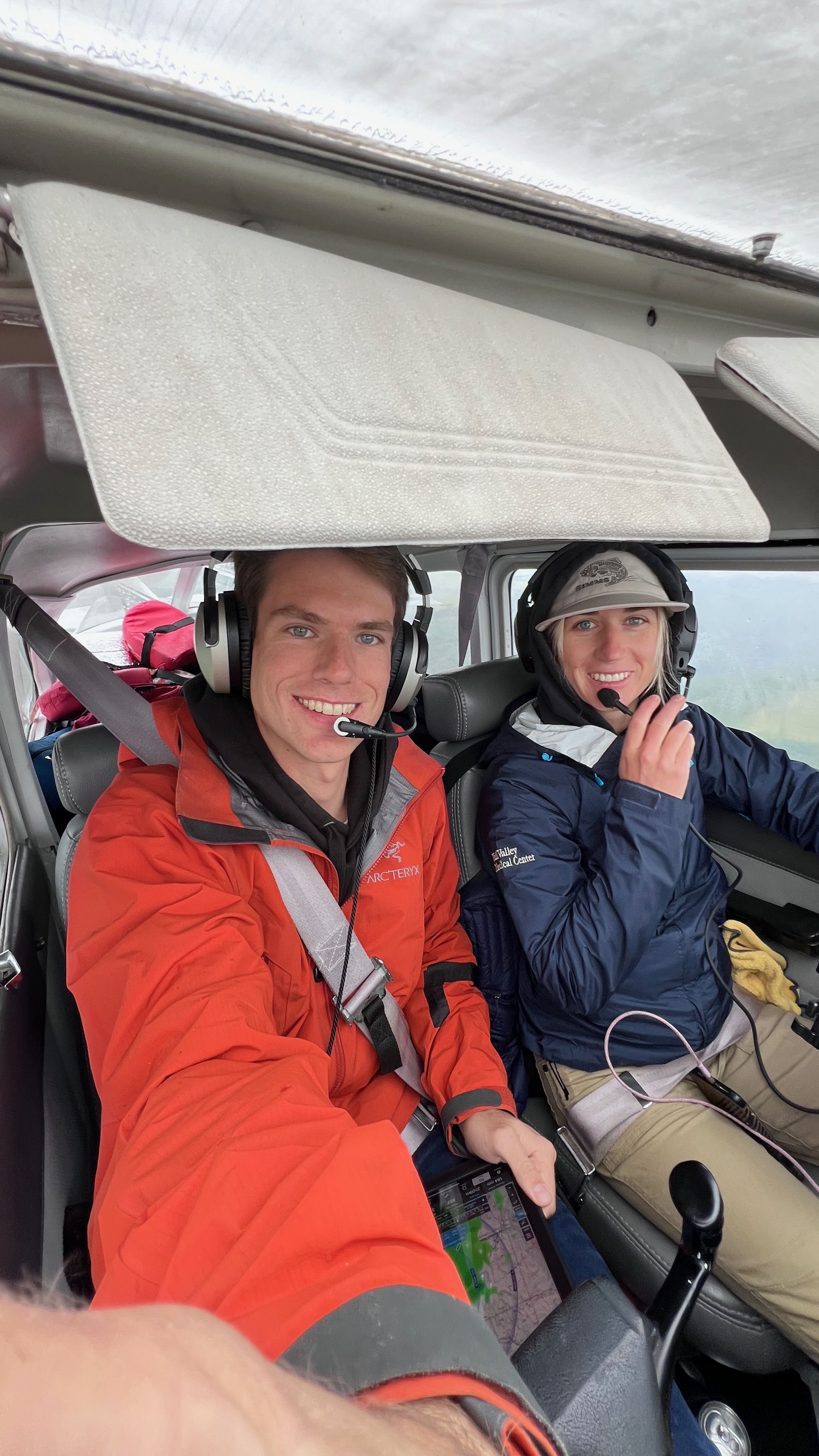
- Day 4: Fort St. John to Watson Lake - We got a break of good weather and were able to make it to Watson lake from Fort St. John. Watson lake is an excellent place to spend the night, there’s camping by the lake shore or you can sleep inside in the terminal. The terminal has DSL internet which was terrible, they said the building had fiber it just wasn’t hooked up yet (as of June 15th 2024).
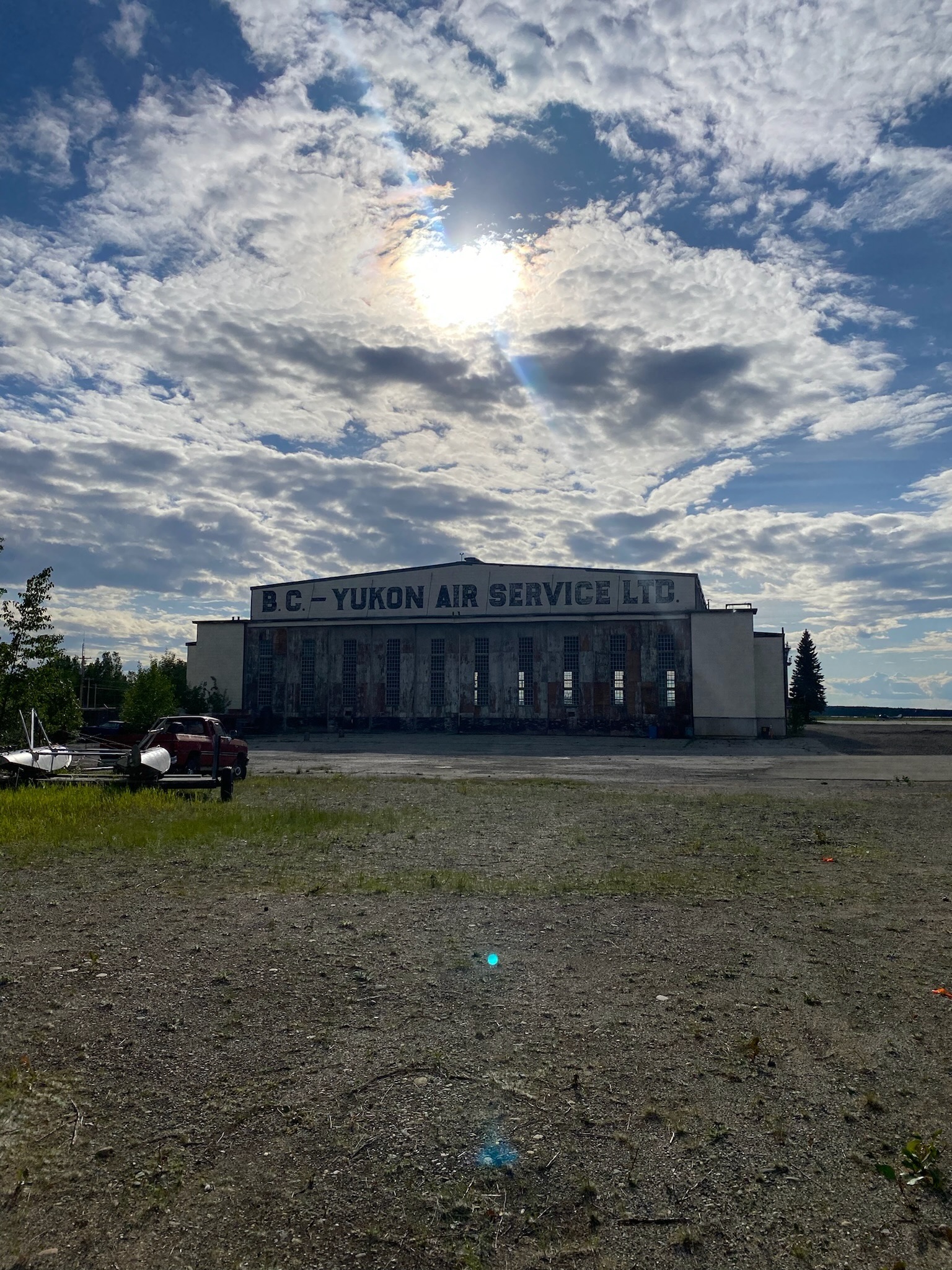
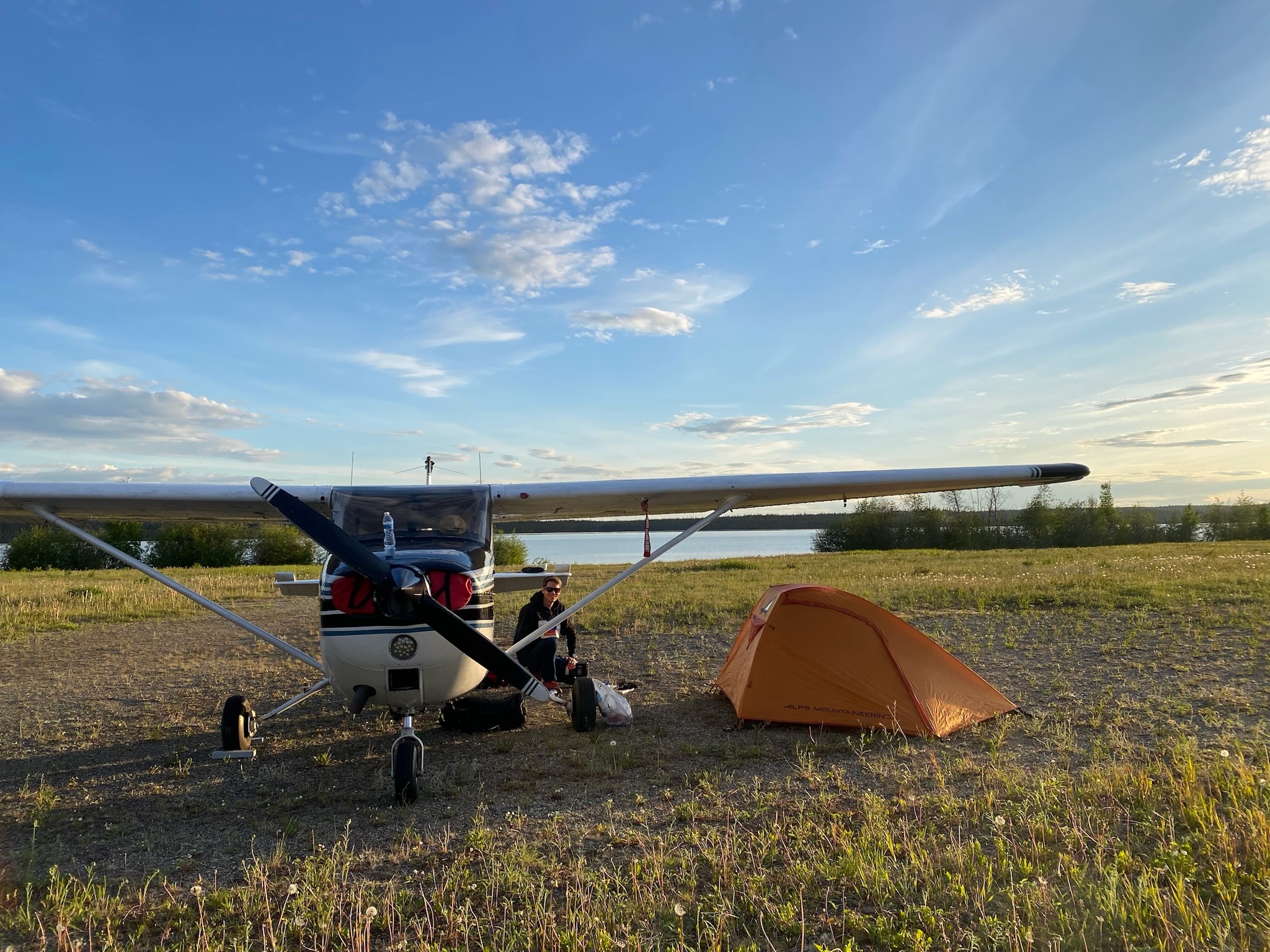
- Day 5: Watson Lake to Lake Hood - This was our favorite day for scenery by far. We went from Watson Lake to Whitehorse where we fueled up, the self-serve machine was broken so a nice man took our credit card. You can park at the base of the control tower and walk across the street to a place called Airport Chalet for food. After Whitehorse we flew to Tok, the customs in Alaska let you refuel in Tok and then continue on to Anchorage to clear customs. I wrote-up a whole section on this below:
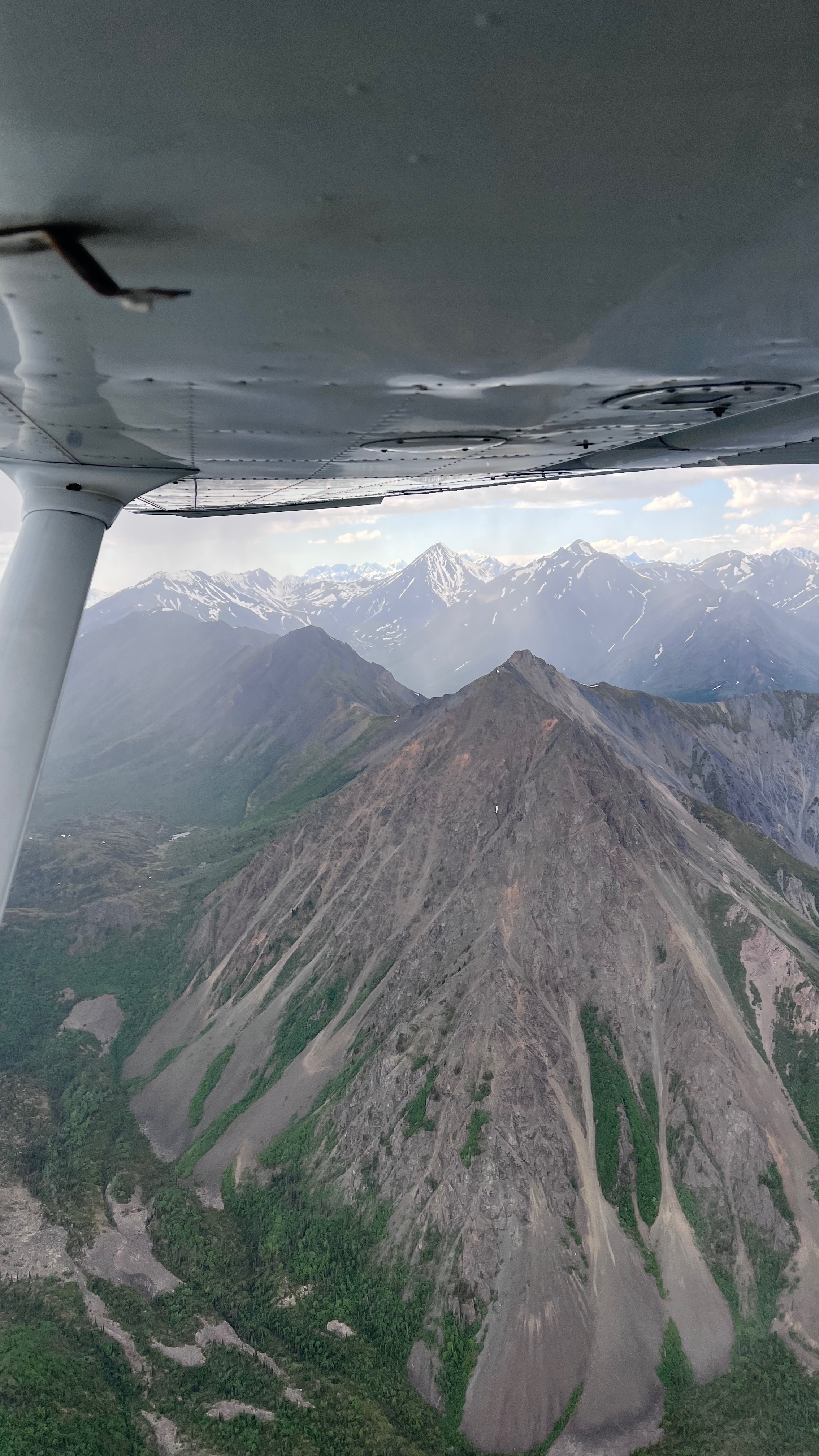

Pilot controlled gate at Lake Hood - you key the mike 5 x times on 121.75 to open it:
Customs at Lake Hood
Lake Hood arrivals are notoriously complicated since they rely on local knowledge of the area, you’ll hear terms like “fly over the ballpark” or “fly the tudor arrival”. To get familiar with these arrivals you should review the following guide: Lake Hood Arrivals and Departures which is from the Alaska Supplement.
I wanted to give you a quick tip on US customs getting back in Alaska. The customs agent strongly encouraged us to clear in Anchorage and not Northway, they approved us to refuel in Tok and then continue on to Lake Hood to clear. To do this we landed at Lake Hood on the gravel strip and then taxied over to Ted Stevens International.
Here’s where we taxied:
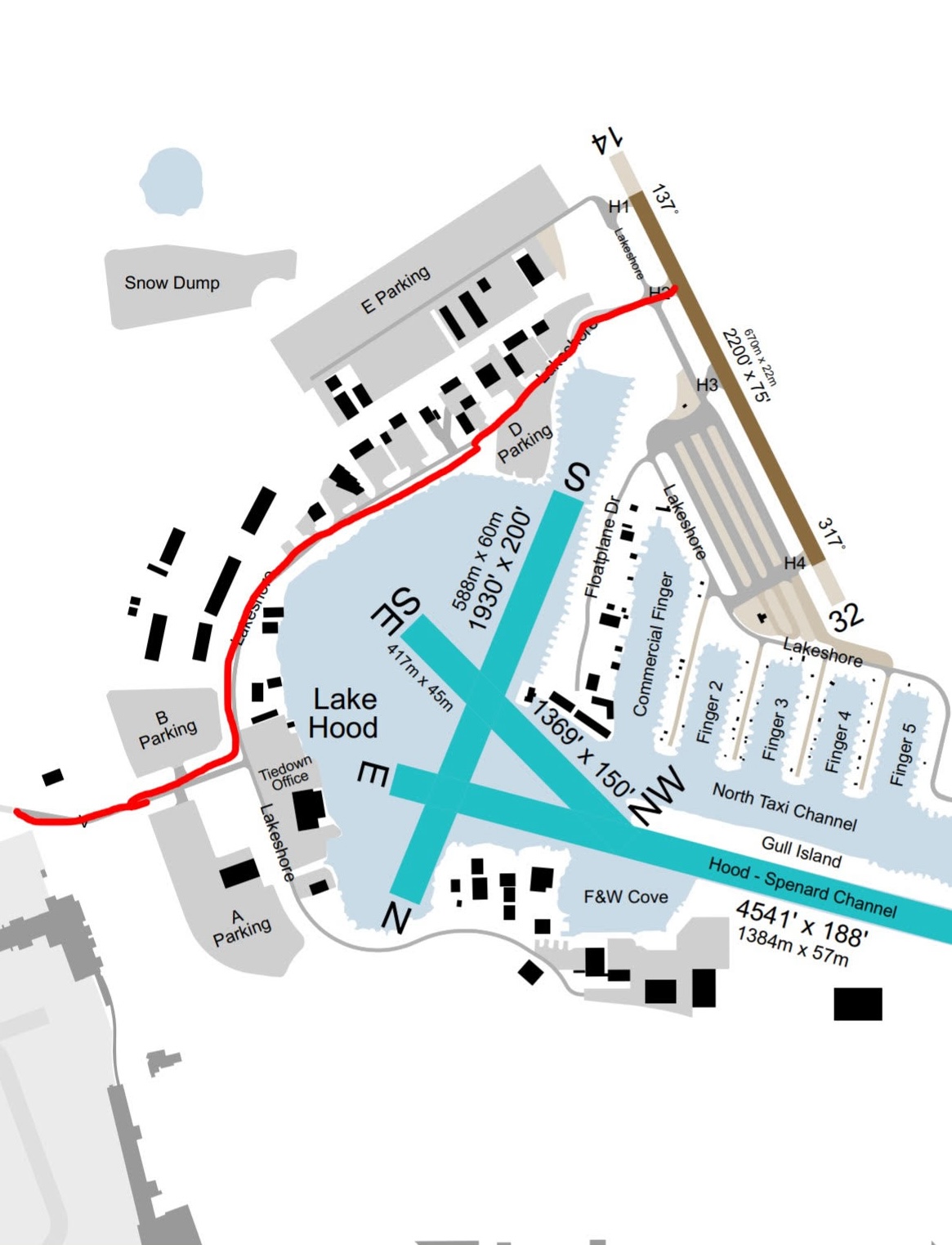
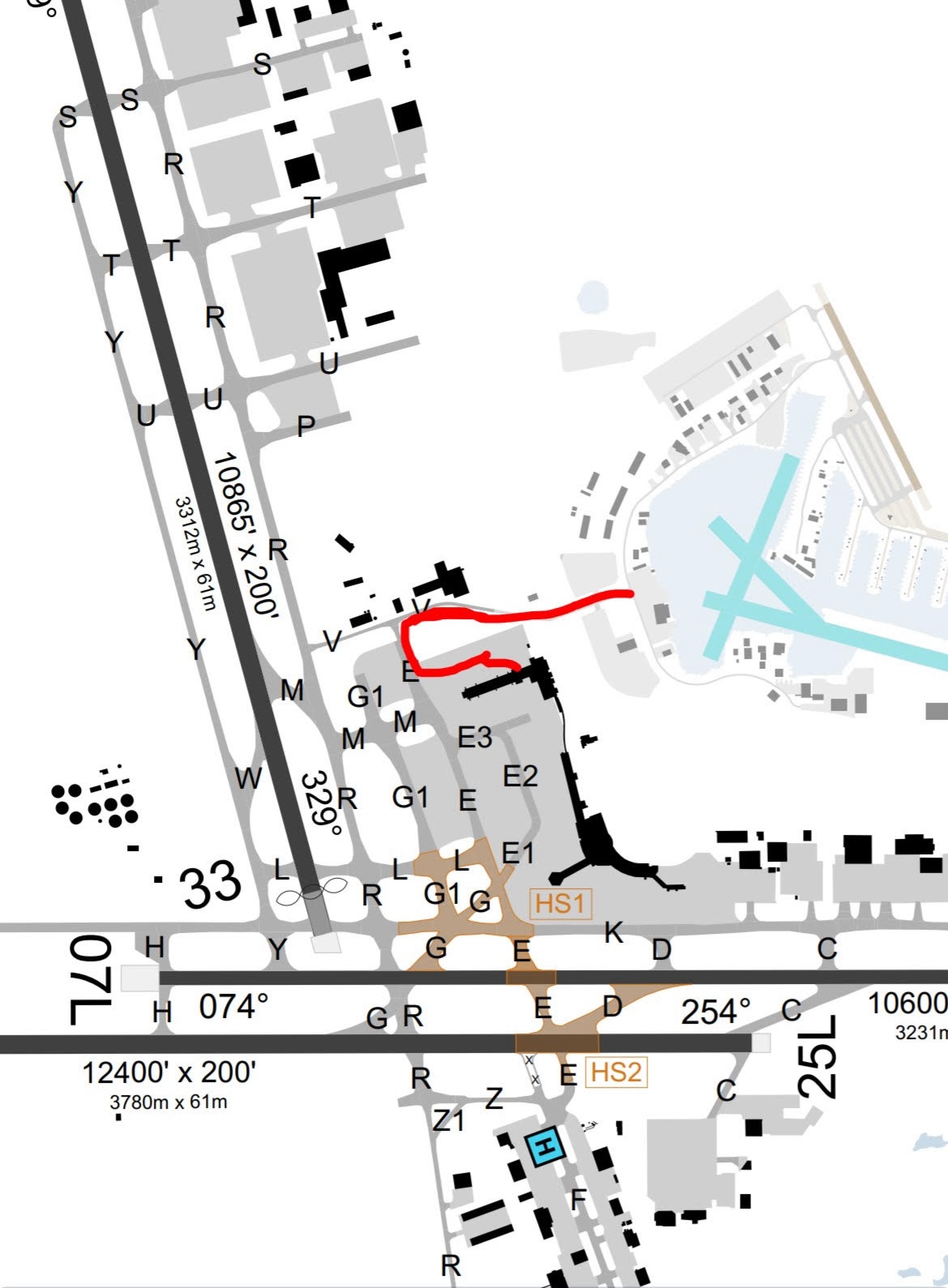
This included 3 different pilot controlled gates that we opened by keying the mike on 121.75.
The customs agent once we got to N1 came out after we called 907-271-6313 (press 0 to speak with a human) and approved us quickly.
This taxi was one of the highlights of my trip and customs is 24/7 at Ted Stevens so you don’t need to worry about making it in time for Northway, which closes at 4pm local time.
There’s readily available transient parking for $10/day at Lake Hood. I recommend the Alpha spots as they keep you out of the dirt. You pay via envelope system at a little kiosk there. There’s power available for engine preheat at each spot.
